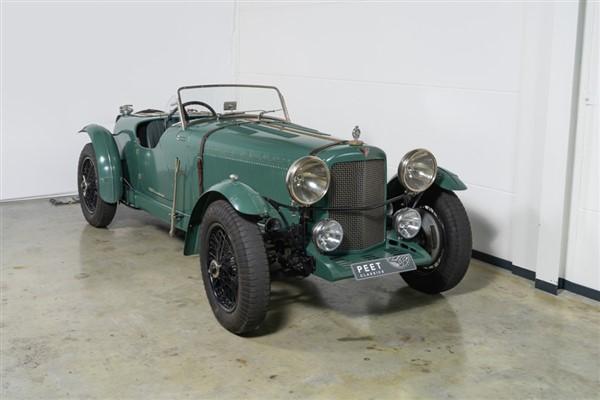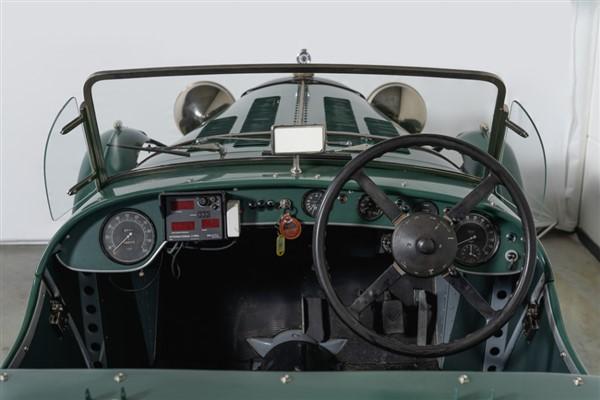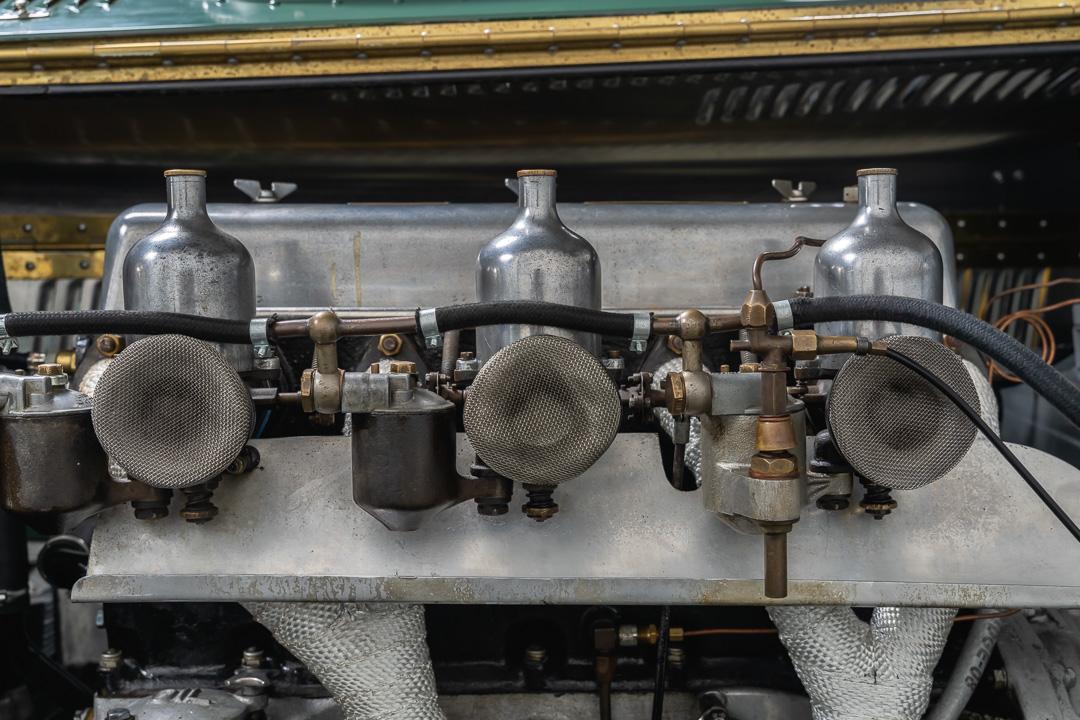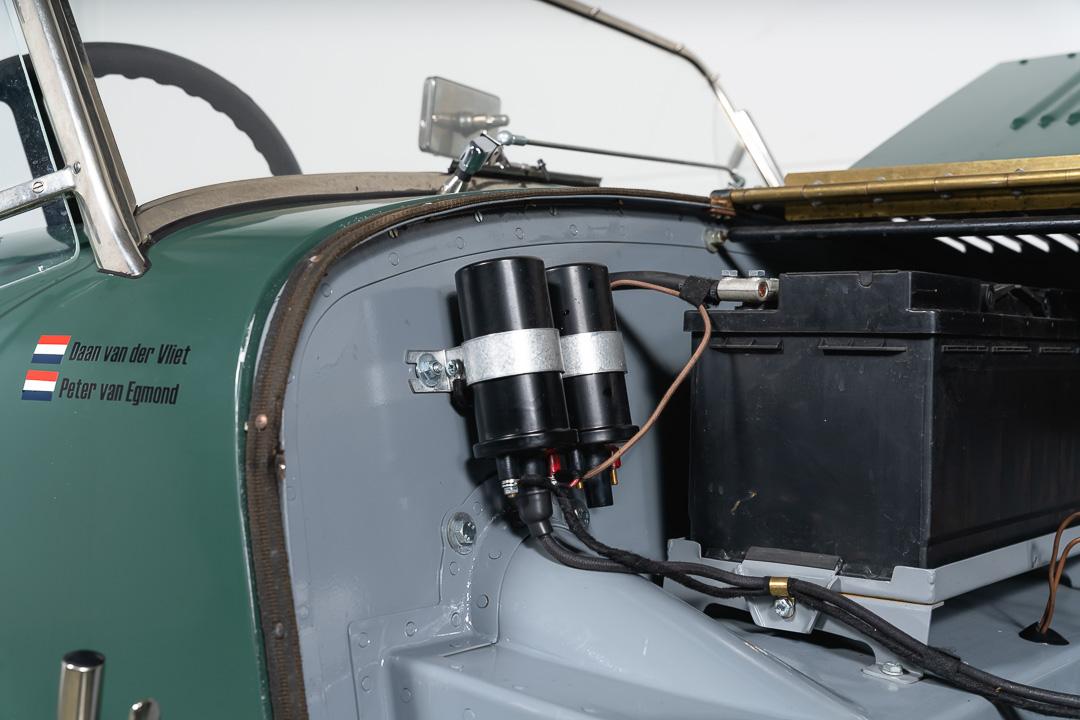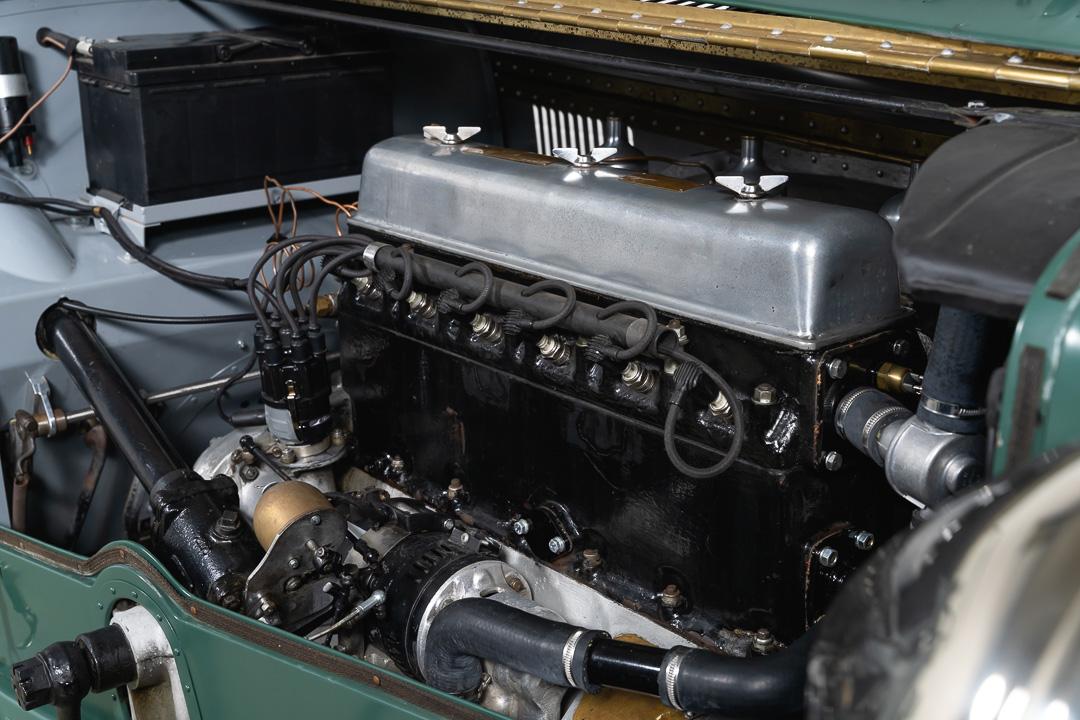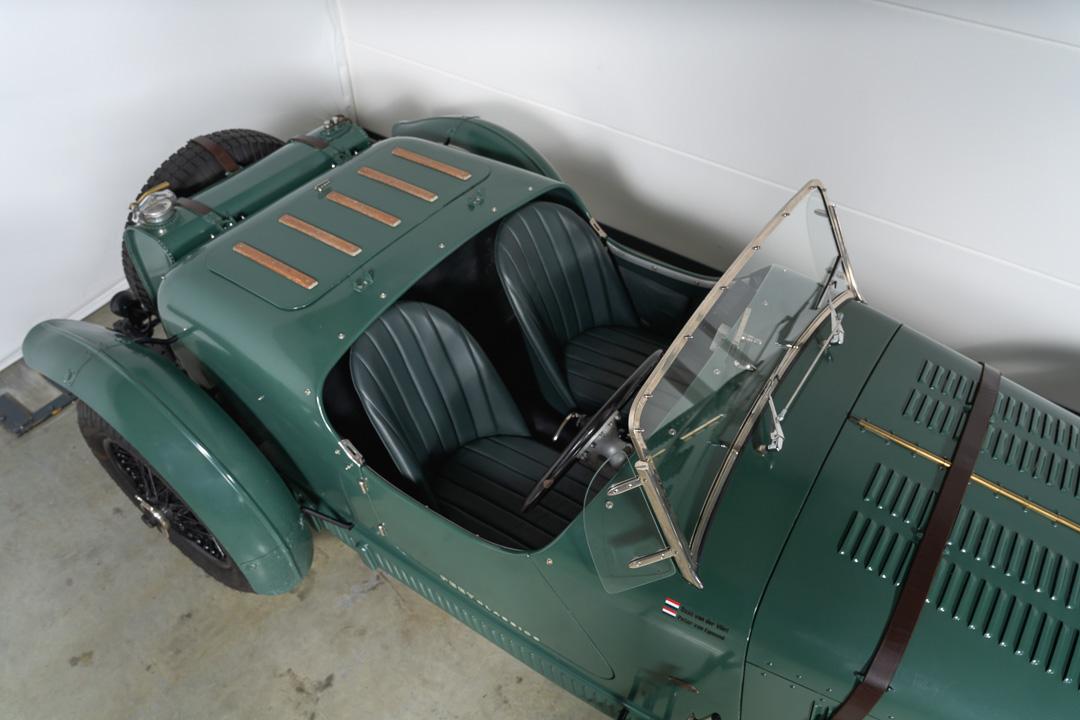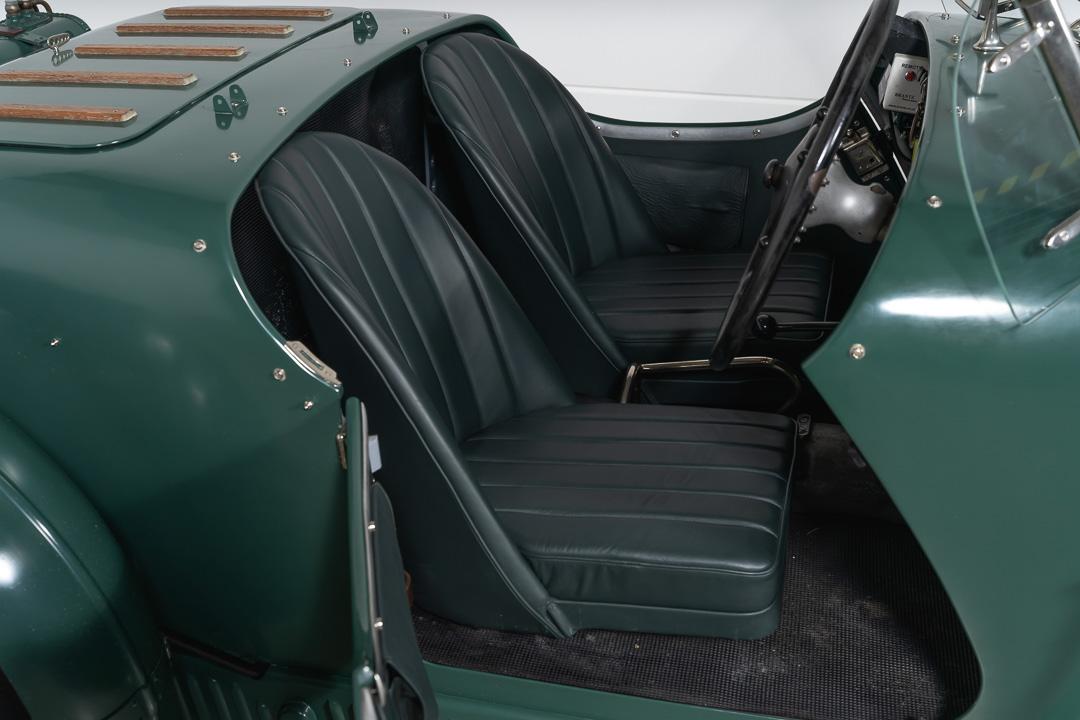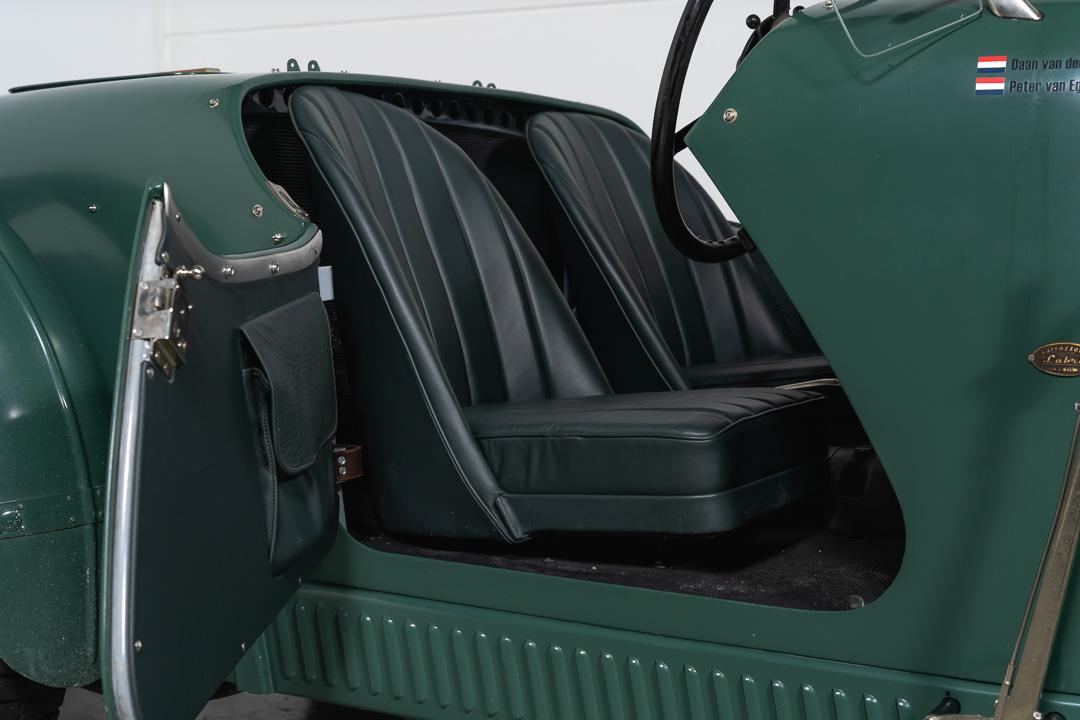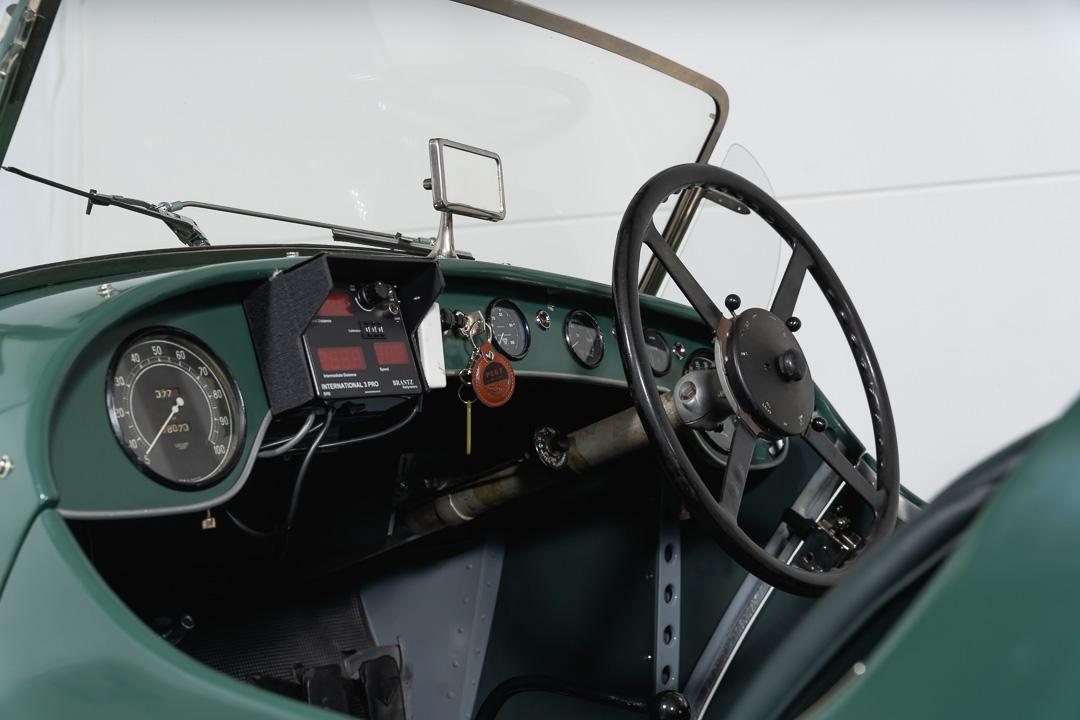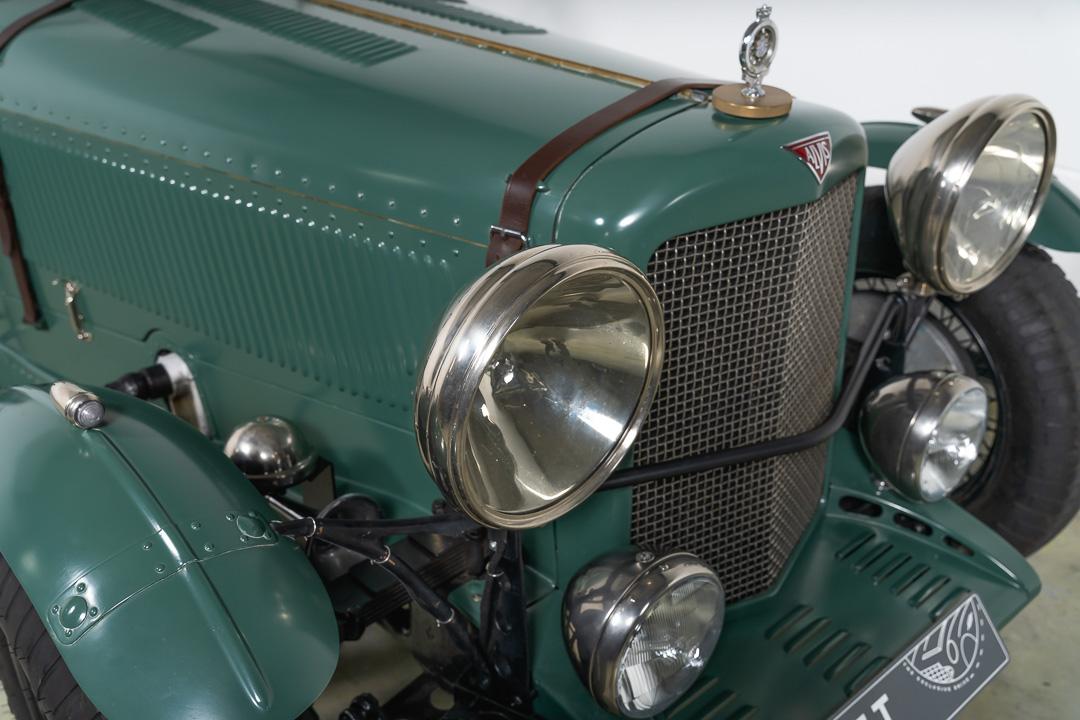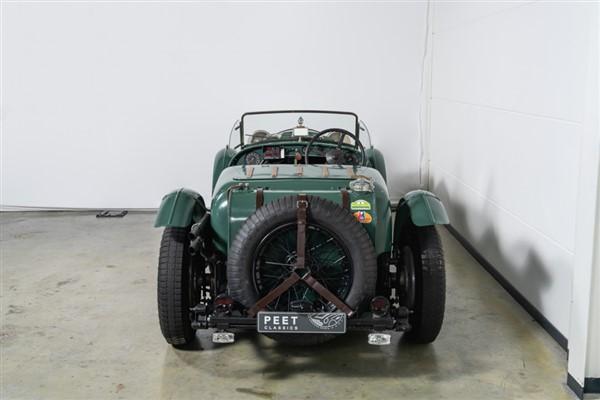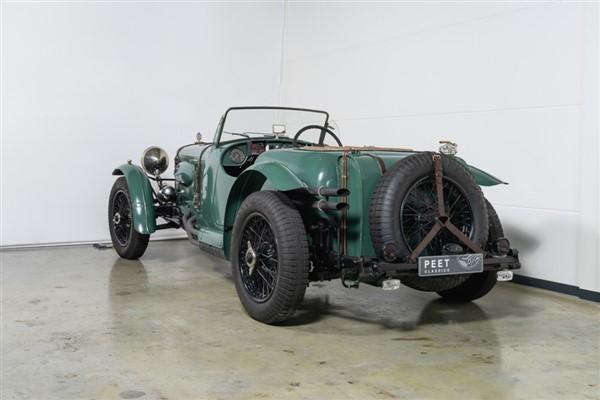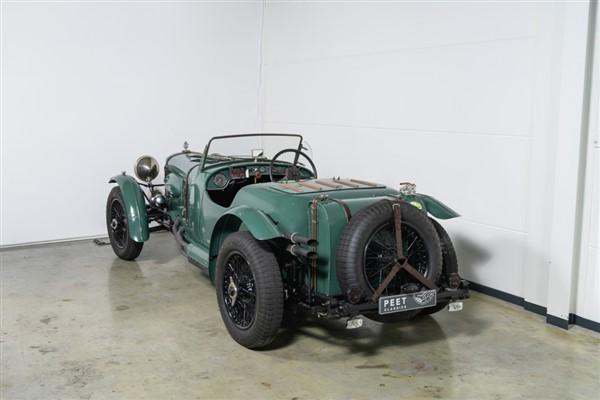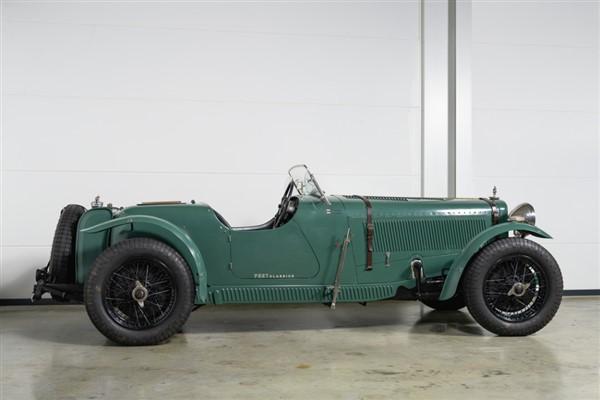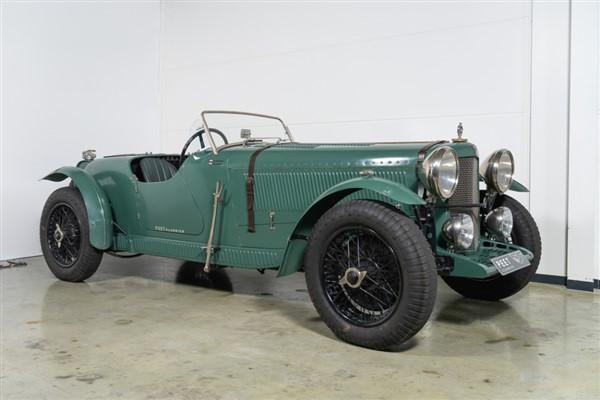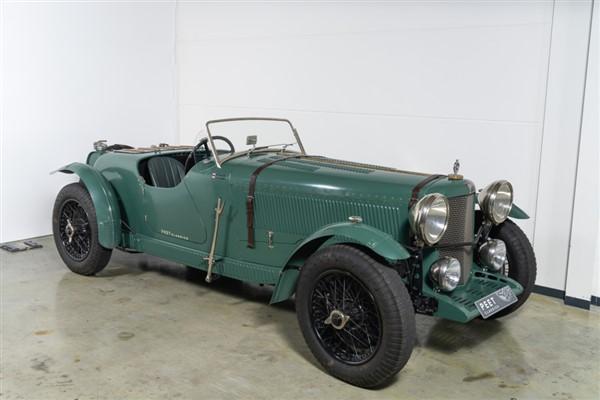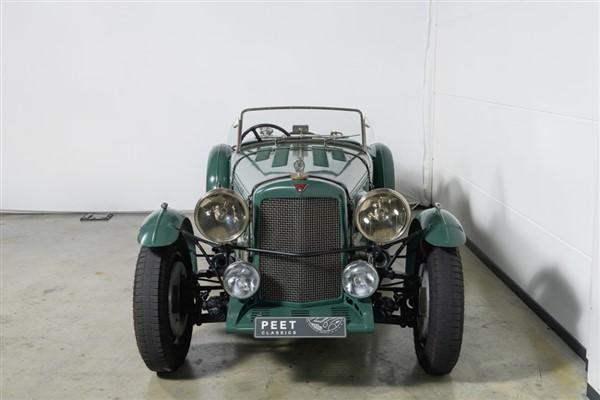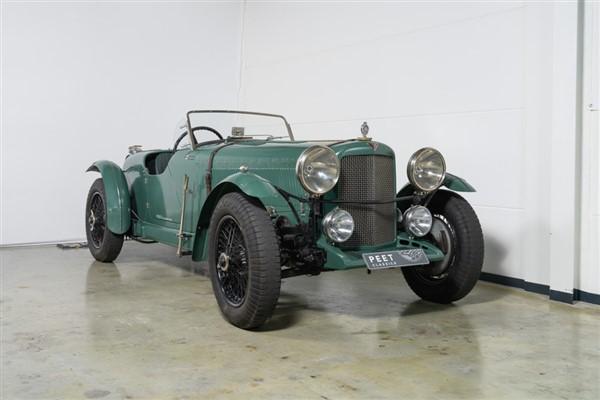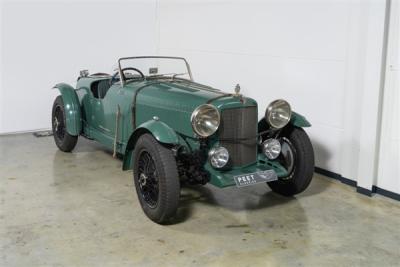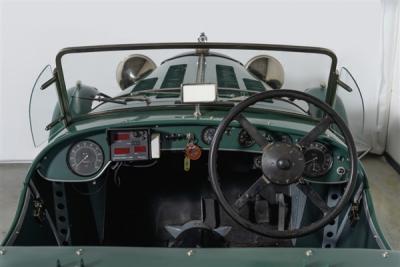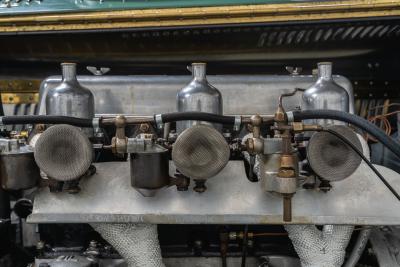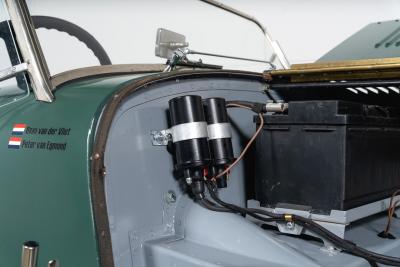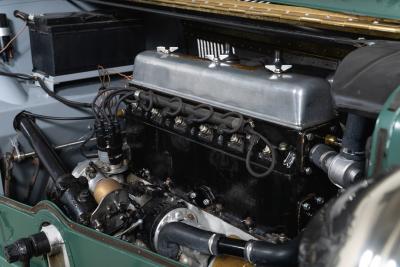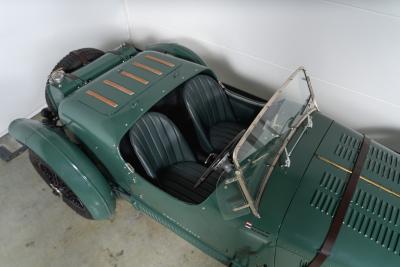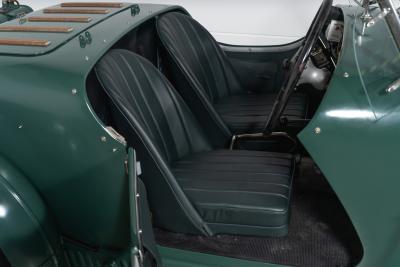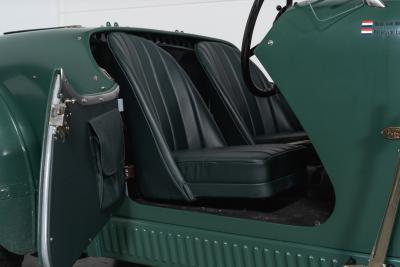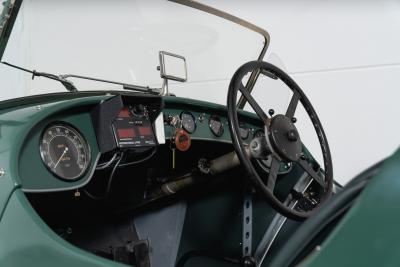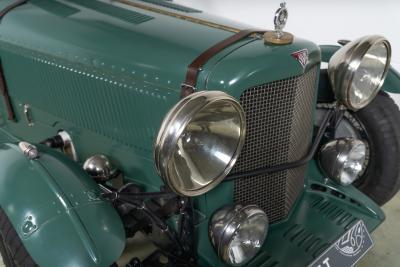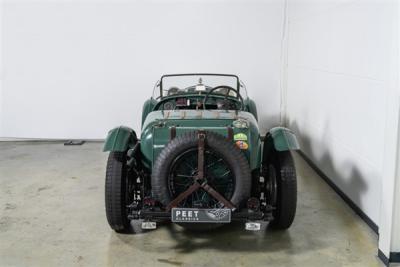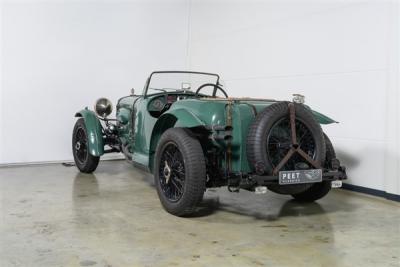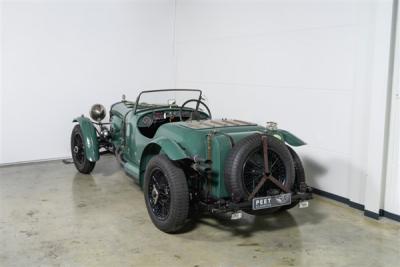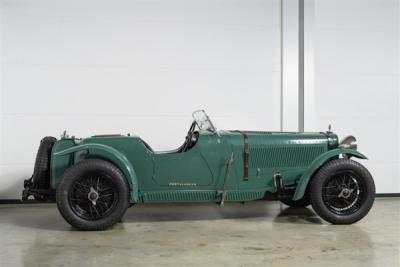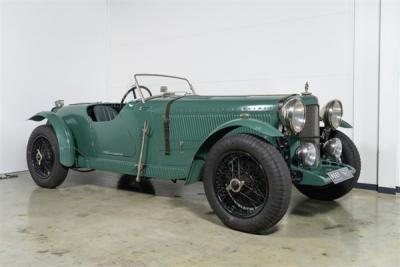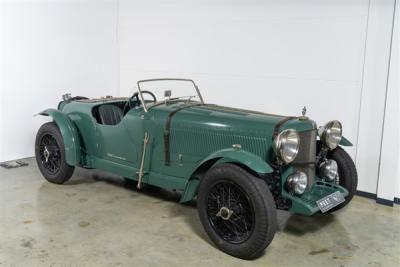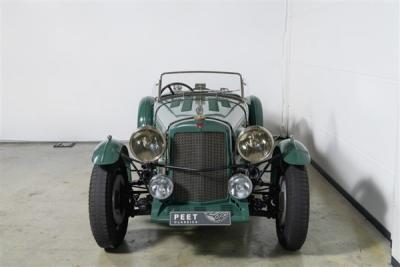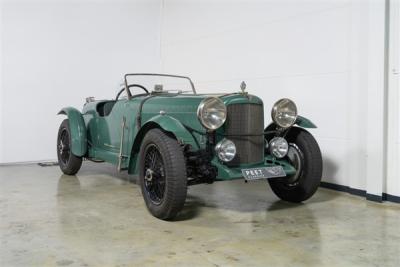A robust rolling chassis with a large, powerful engine. In the 1930s, for example, most cars were sold to the upper class , who then engaged a specialized sheet metal shop to have the chassis fitted with stylish, custom-made bodies. The customer often had a choice of numerous body styles: from a business four-door Saloon to a chic Drophead Coupé with an open hood, or from a Sedanca de Ville to a sporty Roadster. Many elements were often incorporated in the design that embodied the personality of the owner; in the 1930s many automobiles were one-of-a-kind .
As these cars aged and lost their original luster, they often fell into the hands of people from the lower classes as cheap second-hand cars, who drove on until the car literally fell through its axles. But there were also connoisseurs who saw in these hand-built cars from before the Second World War a perfect basis for a sporty 'special'. These cars were stripped of their original bodywork until there was a bare, rolling chassis with no superfluous frills – just as they had once left the factory. The new owner then set about creating a dream sports car – once again one-of-a-kind .
The Alvis models had an excellent reputation. They were cars for the (mainly) British high society , who set high standards for build quality, interior luxury and performance. Alvis was also very successful in motorsport, and was mentioned by connoisseurs in the same breath as the main British sporting representatives, Bentley and Sunbeam. Alvis built cars with innovative technology; already in 1925, the brand registered a front-wheel drive vehicle for participation in a hill climb. The Alvis 12/50 FWD also made a name for itself at Brooklands and Le Mans, with resounding wins in its class.
In 1935 Alvis introduced a 3.5-liter six-cylinder in-line engine. This power unit was praised for its exceptional suppleness and velvety smooth running, which was partly due to the forged, seven-way crankshaft. Equipped with three SU carburettors, this engine was good for more than 100 horsepower. The Alvis 3.5-Litre was therefore not inferior to the SS Jaguar 100 from the same period. The engine was mated to a four-speed manual transmission, with full synchronization – a unique feature at the time. A fully independent sprung front suspension was also not common at this time.
Because Alvis continued to develop his models, the 3.5-Litre only remained in production for a short time. After the model – as the successor to the Speed ??20 – was unveiled in October 1935, the next new model was announced in August 1936: the Speed ??25 with a 4.3-liter six-cylinder. In total, only 61 units of the Alvis 3.5-Litre were built, most of them as rolling chassis.
The Alvis 3.5-Litre was built on a chassis with a wheelbase of 3,326 meters. An ideal starting point for a spacious, luxurious limousine. Due to the often heavy construction of the custom-made body, the capacities of the 3.5-liter six-cylinder engine hardly came into their own. That only changed after World War II, when several Alvis 3.5-Litres were stripped of their old bodies to be converted into fast lightweight 'special', taking the historic race cars that raced at Brooklands and Monthléry as a fertile source of inspiration. .
Peet Classics in Voorschoten is justifiably proud of its contribution to the construction of one of the most successful specials based on the Alvis 3.5-Litre. The history of this copy is extensively documented; records from the Alvis Trust archive confirm the corresponding chassis and engine ID numbers. In April 1936 the car was delivered as a rolling chassis to Alvis dealer Leedham's Ltd. in York. The first owner was Baron Lord Henry Frederic Hotham, who had the car fitted by Mayfair Carriage Co Ltd. in London. This company has completed a total of twelve 3.5-Litres.
In 1973 the car came into the hands of Briton Brian Chant as a project, a renowned classics specialist and racer in historic events. Chant shortened the chassis and built a single-seater on it while retaining the original powertrain. A few years after the construction of the special, it was exported to the United States. In 2001 the car was again converted by Chant, but now as a two-seater. The six-cylinder in-line engine of the special, which was still in excellent technical condition, was equipped with a sharper camshaft and a turned-off flywheel.
In 2014 the Alvis 3.5-Litre Special was exported to the Netherlands. The new owner took the decision to thoroughly restore the car, and to have a new body built on the chassis shortened by Chant. The construction of the completely new aluminum body was contracted out to the renowned coachbuilder Carrozzeria Labro from Velp, North Brabant. After the bodywork was completed, it was sprayed in the current green cellulose lacquer by the internationally renowned experts at Classic & Exclusive in Oldebroek. Peet Classics in Voorschoten is responsible for the technical overhaul, the interior and the construction of the car.
The restoration of the Alvis 3.5-Litre Special has tried to recreate the look of the authentic racing cars from the 1930s – which then competed against each other on famous circuits such as Brooklands, Le Mans, Monza and Spa-Francorchamps. . The design is kept simple, with beautiful hand-crafted cycle wings and black elements. Chromed details have been omitted as much as possible. When building the interior, the focus was on functionality; while retaining the classic driving experience, the car must also be easy to drive in today's traffic.
Technically, the Alvis 3.5-Litre Special is in excellent condition. The modifications to the engine have been retained during the revision, with a measured maximum power of 120 hp and a torque of 280 Nm as a result.
This very successful and technically healthy Alvis 3.5-Litre Special is currently on display in the Peet Classics showroom in Voorschoten. Contact us for more information.
- TransmissionManual
- Exterior ColourOlive Green
- Number of doors2
- Interior ColourGreen
- DriveRHD
- Year of manufacture1936




















































































